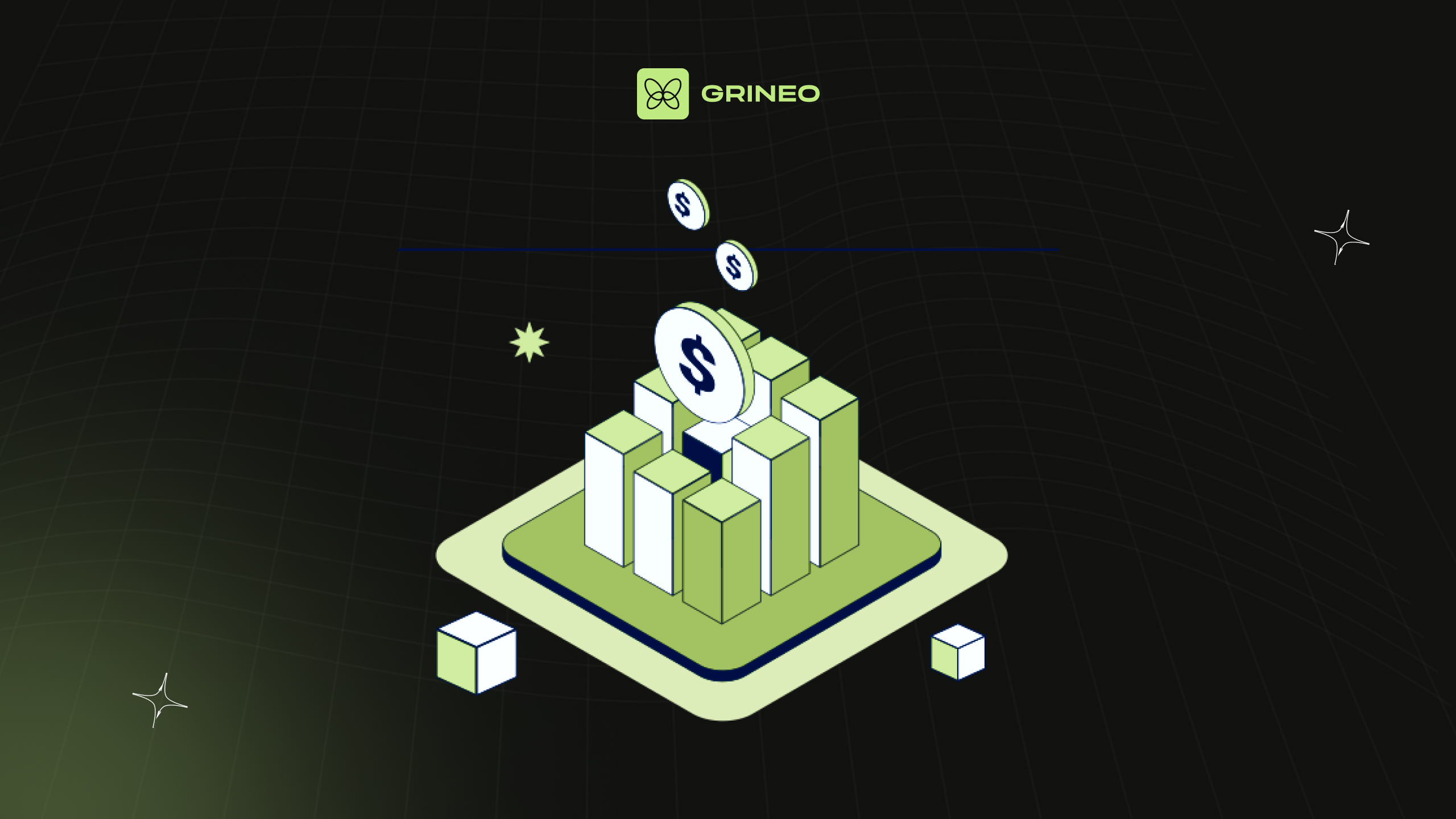Predicting the Next Crypto Bull Run: A 2024 Guide

When reading the crypto news headlines, it doesn’t take long before lofty predictions of the next crypto bull run begin to appear. Articles will claim to know the next ten cryptos that will blow up in 2024, or the most underbought crypto coins to watch out for, etc.
However, finance markets are not so easy to predict, particularly when it comes to the minutiae of each individual asset. Instead, let’s take a look at the broader macroeconomic conditions that typically surround a crypto bull run.
Anatomy of a Crypto Bull Run
A bull run, of course, refers to a period during which the value of an asset, or market involving multiple assets, significantly increases over time. The last crypto bull run was in 2021 when Bitcoin increased from $23,100 USD to an all-time high of $68,700 USD, bringing many other altcoins with it. Meme coins in particular exploded, with PEPE coin increasing by over 1 million per cent at the time.
Other bull runs have taken place in 2020, 2019, 2017, 2015, and 2013. The 2017 increase saw a 1,600% increase in the price of Bitcoin.
So what factors contribute to a bull run of this nature?
Factors That Contribute to Crypto Bull Runs
In the past, it was easier for a crypto bull run to happen purely based on the whims of speculation within the crypto market itself. This is because crypto has historically been a very niche finance market relatively unaffected by and uncorrelated with other markets. However, these days the crypto market cap is in the hundreds of billions, with Bitcoin now cited as the world’s largest asset class by market cap by some sources.
Bitcoin, and cryptocurrencies in general, are now connected to global financial markets, as well as internal factors.
Bitcoin Halving
Bitcoin’s supply is not constant. Every four years, the number of bitcoins that are mined is reduced by half, making Bitcoin an increasingly scare asset that deflates over time. This mechanism was a major factor in the popularity of Bitcoin.
Deflation in supply is designed to encourage price appreciation, and this has certainly often been the case in times gone by.
The next halving event is set to happen in April 2024. There is often significant debate over whether the halving is “priced in” or not already, meaning whether or not the price will actually react to the halving or whether the market is already factoring in the event.
#BitcoinHalving will happen in 2 months.
— Trader Tardigrade (@TATrader_Alan) February 14, 2024
We can see the price of #Bitcoin correlating with the Halving Month in this chart.
It is gently moving upward before and after Halving for a short period of time. And then it will spike Parabolically.🚀 pic.twitter.com/cFRuqSvUqT
The above chart shows previous Bitcoin halvings superimposed over the price chart, a useful visualisation. although the claim that Bitcoin will “spike parabolically” is neither useful nor credible, as it’s not possible to ever make such a claim about any financial asset. The halving does not occur in a vacuum, and other factors also impact price.
Regulatory Climate
Regulation and the public perception of crypto that goes with it can play a major role in crypto prices. 2023 was a tumultuous year for crypto regulation, with the US SEC entering prolonged legal battles with major crypto exchanges like Binance and Coinbase as well as many other companies in the industry.
A major issue was the lack of clarity over whether certain crypto assets constitute unlicensed securities. If it is ruled that some cryptos are securities being sold without a license, people who have participated in their trade could face legal action, something that has caused much fear and uncertainty throughout crypto.
The SEC is now entering an election year, and the agency’s crackdown and accompanying negative press headlines have subsided significantly, something that could contribute to a bullish trend in crypto if other factors align favourably.
Industry Adoption
Another factor that impacts crypto prices is, of course, industry adoption. The more mainstream financial industries embrace crypto, the greater the chance of increased trading volume. The biggest piece of news in recent history for crypto was undoubtedly the approval of long-awaited Bitcoin ETFs, or exchange-traded funds, that would allow for a significant influx of capital to enter the crypto market.
These ETFs have been applied for and denied many times, only finally being approved in January 2024 and attracting almost $12 billion USD worth of investment in just over a month.
Bearish Factors
Bearish factors that could impact price include interest rate hikes outlined by central banks such as the US Federal Reserve, as well as macroeconomic factors worldwide. In the past, analysts have predicted that high inflation in fiat currencies would lead to increased investment in Bitcoin due to it being a deflationary asset. However, that has not necessarily proven to be the case, with many traders also avoiding crypto altogether during turbulent markets due to the high-risk nature of volatile crypto assets.
Are We Due Another Bull Run?
Nobody can accurately predict the next bull run. What we can do is look at all the facts and make our own informed opinion on the subject. It’s true that crypto tends to enter bullish and bearish cycles, and that the bearish cycle we’ve seen throughout 2023 appears to be coming to a close in 2024 with prices forming higher highs at the start of the year.
However, it remains to be seen where crypto will be towards the end of the year. For now, all we can do is stay informed and keep our finger on the pulse of one of the most changeable and fascinating financial markets that the world has to offer.




